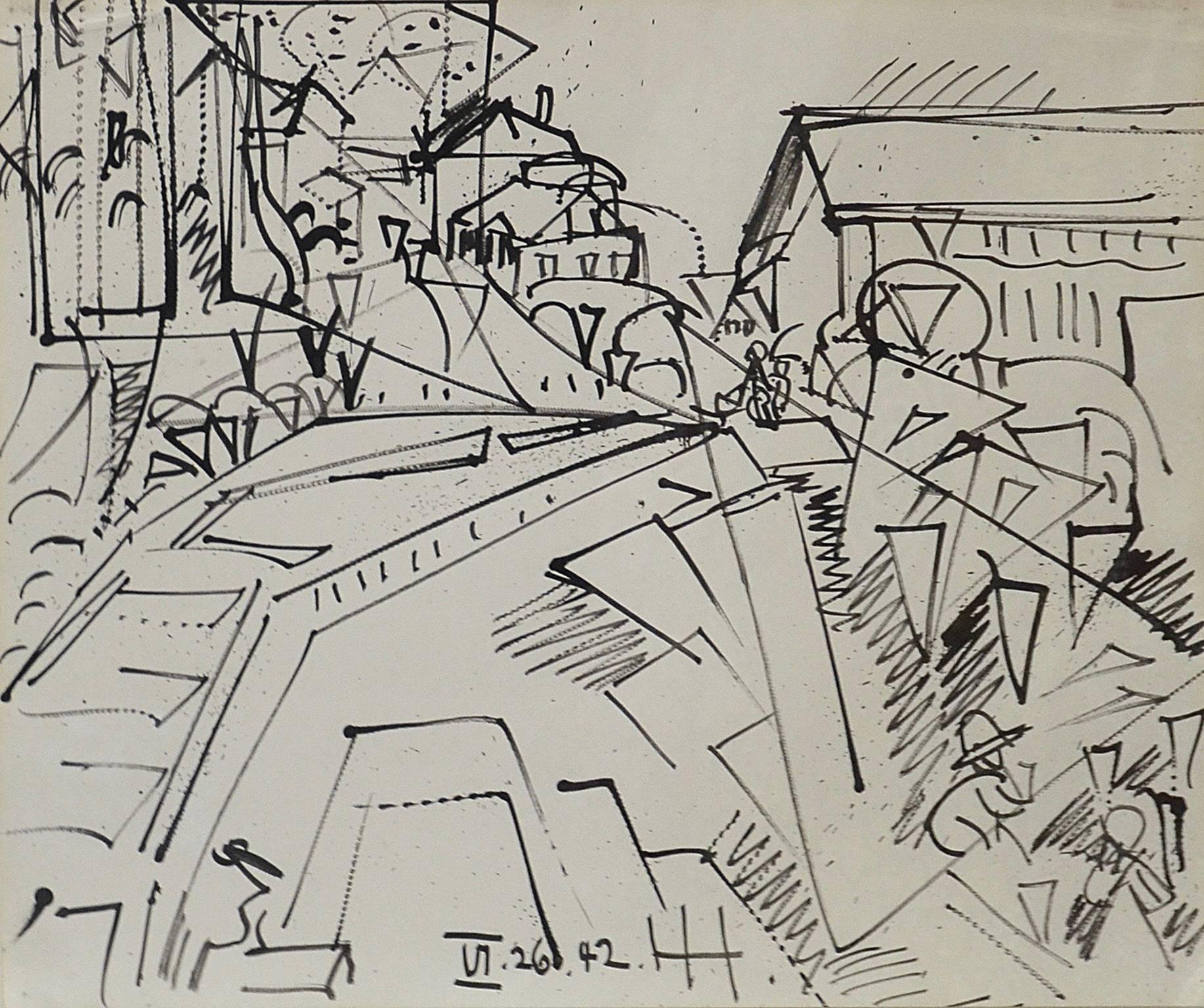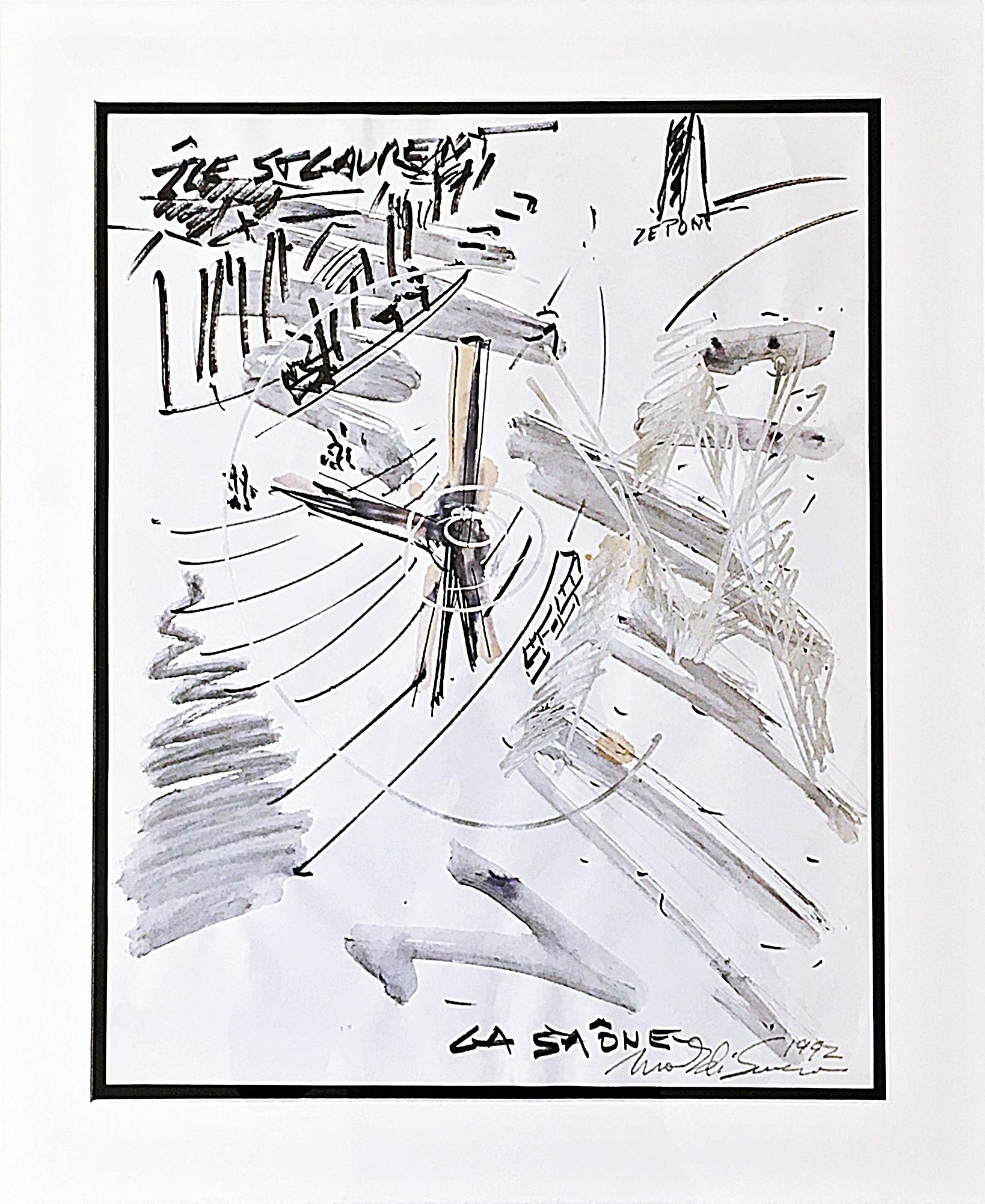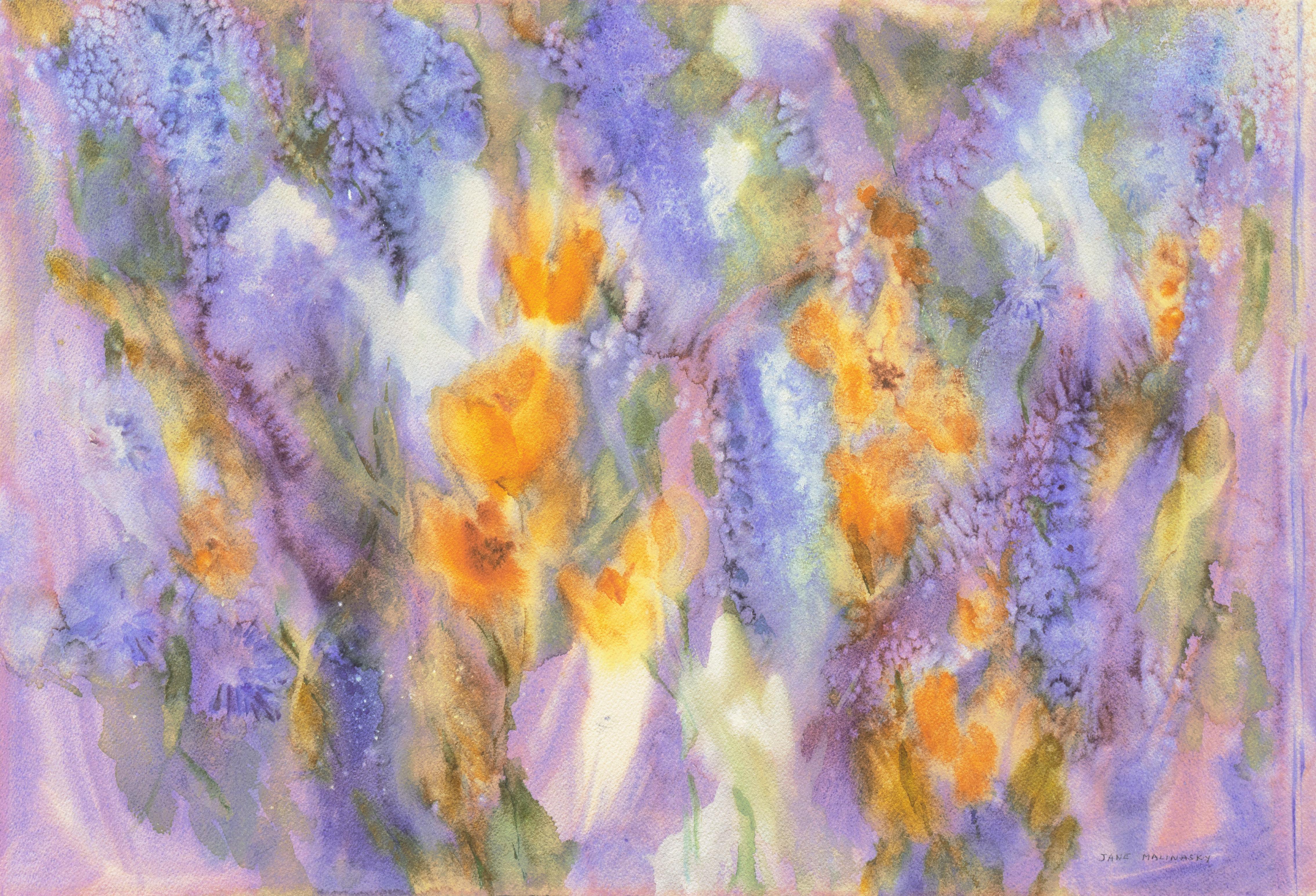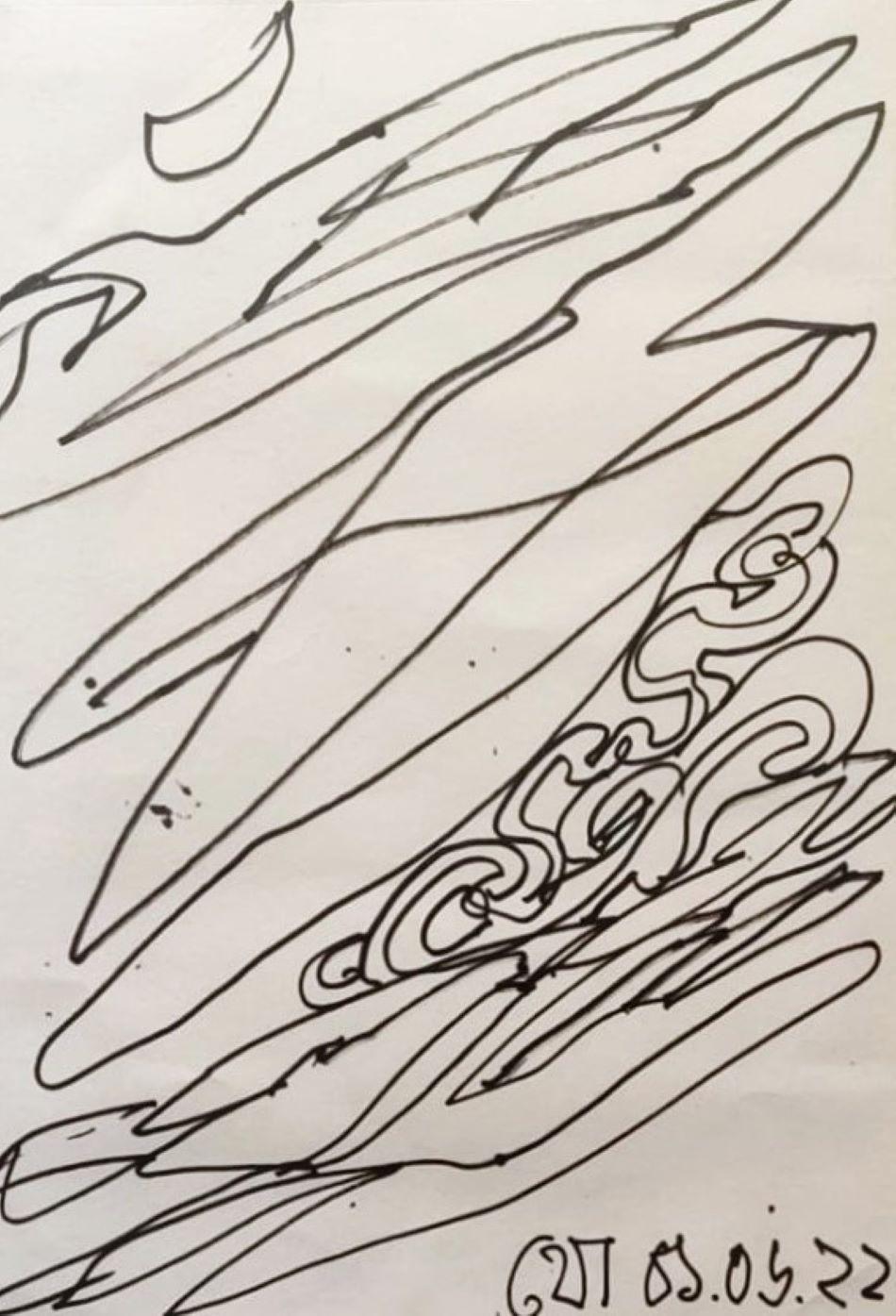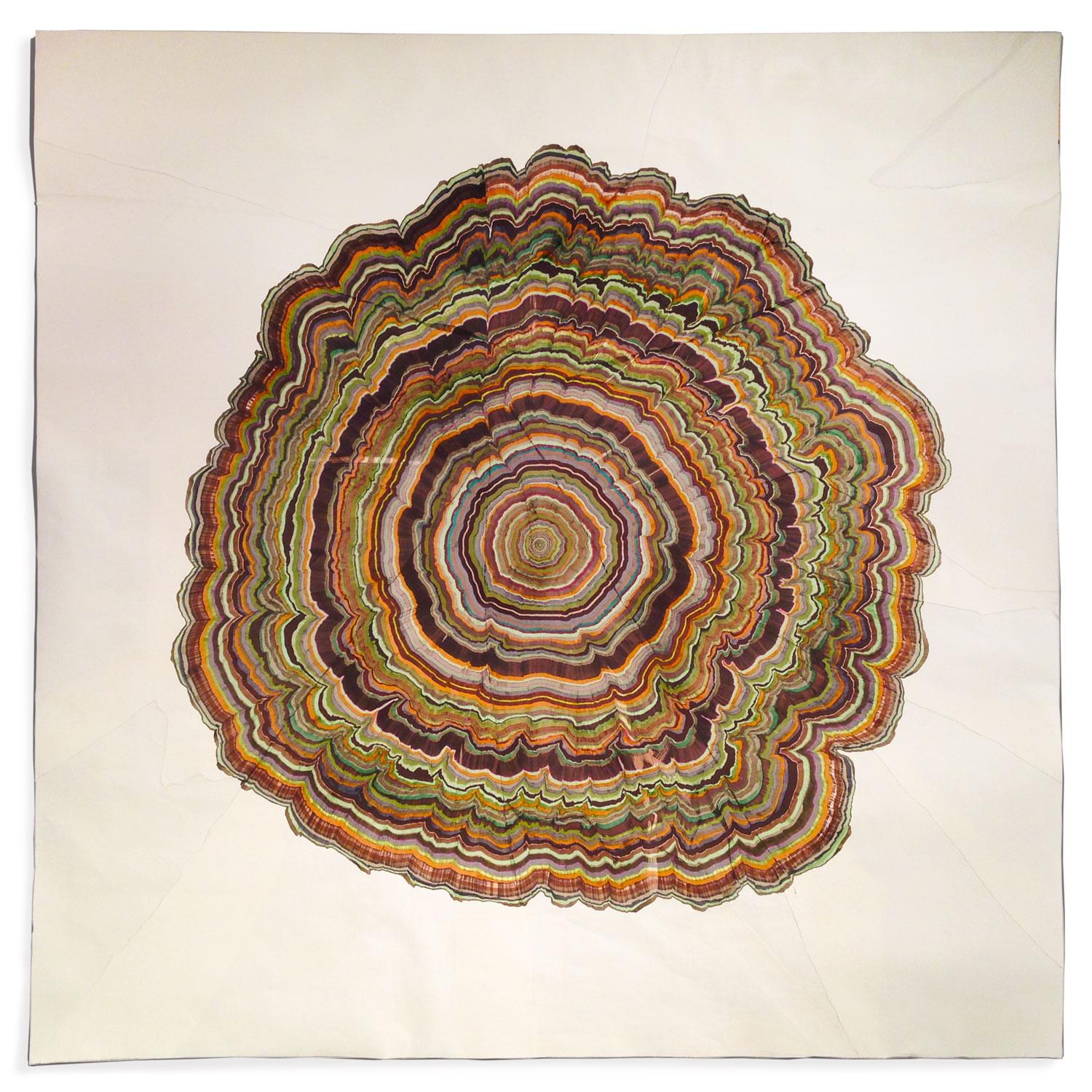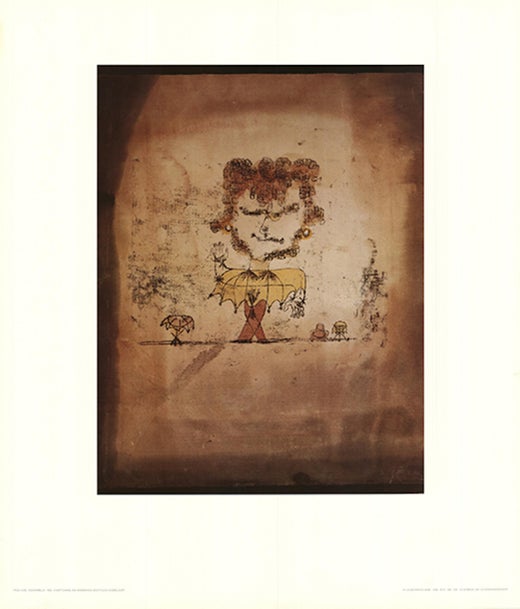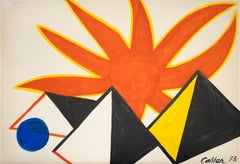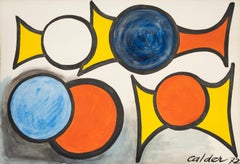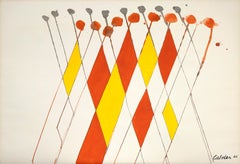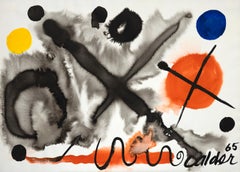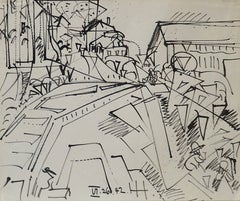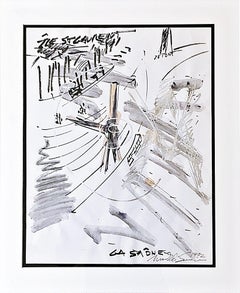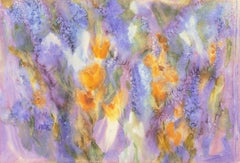Paul KleeDer Hafen von Plit1927
1927
About the Item
Paul Klee
Paul Klee was a Swiss-born German artist. His highly individual style was influenced by movements in art that included Expressionism, Cubism and Surrealism.
Klee was a natural draftsman who experimented with and eventually deeply explored color theory, writing about it extensively; his lectures Writings on Form and Design Theory (Schriften zur Form und Gestaltungslehre) — which were published in English as the Paul Klee Notebooks — are held to be as important for modern art as Leonardo da Vinci's A Treatise on Painting was for the Renaissance.
Klee and his colleague, Russian painter Wassily Kandinsky, both taught at the Bauhaus school of art, design and architecture in Germany. His works reflect his dry humor and his sometimes childlike perspective, his personal moods and beliefs, and his musicality.
Find original Paul Klee prints and other art on 1stDibs.
(Biography provided by Cerbera Gallery)
- ShippingRetrieving quote...Shipping from: Jackson, WY
- Return Policy
More From This Seller
View All1970s Abstract Abstract Drawings and Watercolors
Paper, Ink, Gouache
1970s Abstract Abstract Drawings and Watercolors
Paper, Ink, Gouache
1960s Abstract Abstract Drawings and Watercolors
Paper, Ink, Gouache
1960s Abstract Abstract Drawings and Watercolors
Paper, Ink, Gouache
1950s Abstract Expressionist Abstract Drawings and Watercolors
Paper, Ink
20th Century Post-War Landscape Drawings and Watercolors
Ink
You May Also Like
1940s Abstract Expressionist Landscape Drawings and Watercolors
Paper, Ink, Pen
1970s Abstract Expressionist Abstract Drawings and Watercolors
Ink, India Ink, Permanent Marker
1990s Abstract Expressionist Abstract Drawings and Watercolors
Ink, Watercolor, Permanent Marker
1980s Abstract Abstract Drawings and Watercolors
Watercolor, Gouache, Laid Paper
2010s Modern Landscape Drawings and Watercolors
Paper, Ink, Pen, Permanent Marker
21st Century and Contemporary Contemporary Abstract Drawings and Waterco...
Ink, Archival Paper, Permanent Marker
Recently Viewed
View AllRead More
Penelope Gottlieb’s Comic-Style Painting Is a Requiem for a Vanished Flower
This piece may look like Pop art fun, but embedded within is a message of a planet on the brink.
10 Reasons Art Collectors Are Obsessed with Andy Warhol
More than three decades after his death, the prolific Pop artist and cultural icon's body of work continues to captivate. Here's a primer of some of his most notable motifs and mediums.
